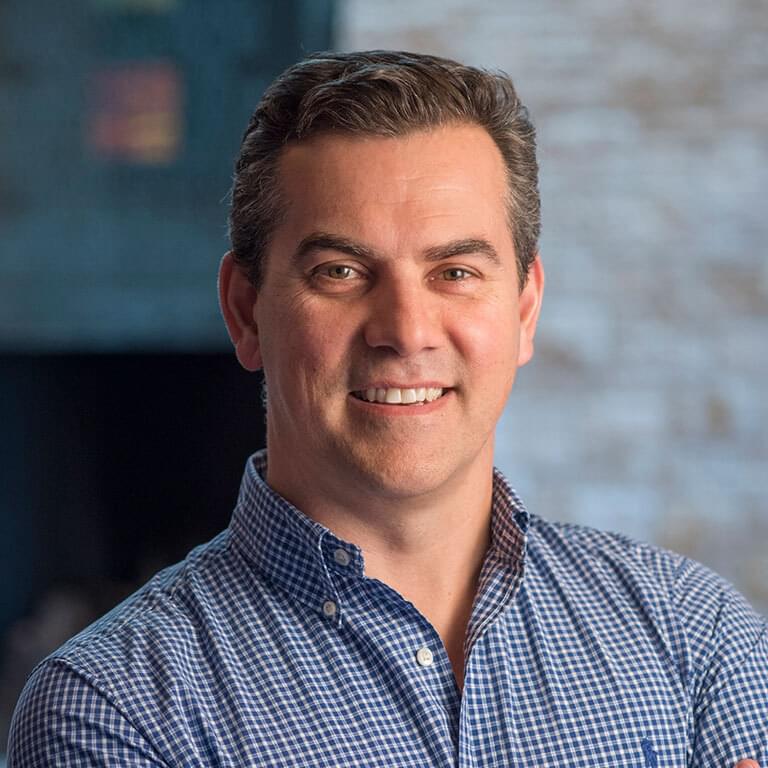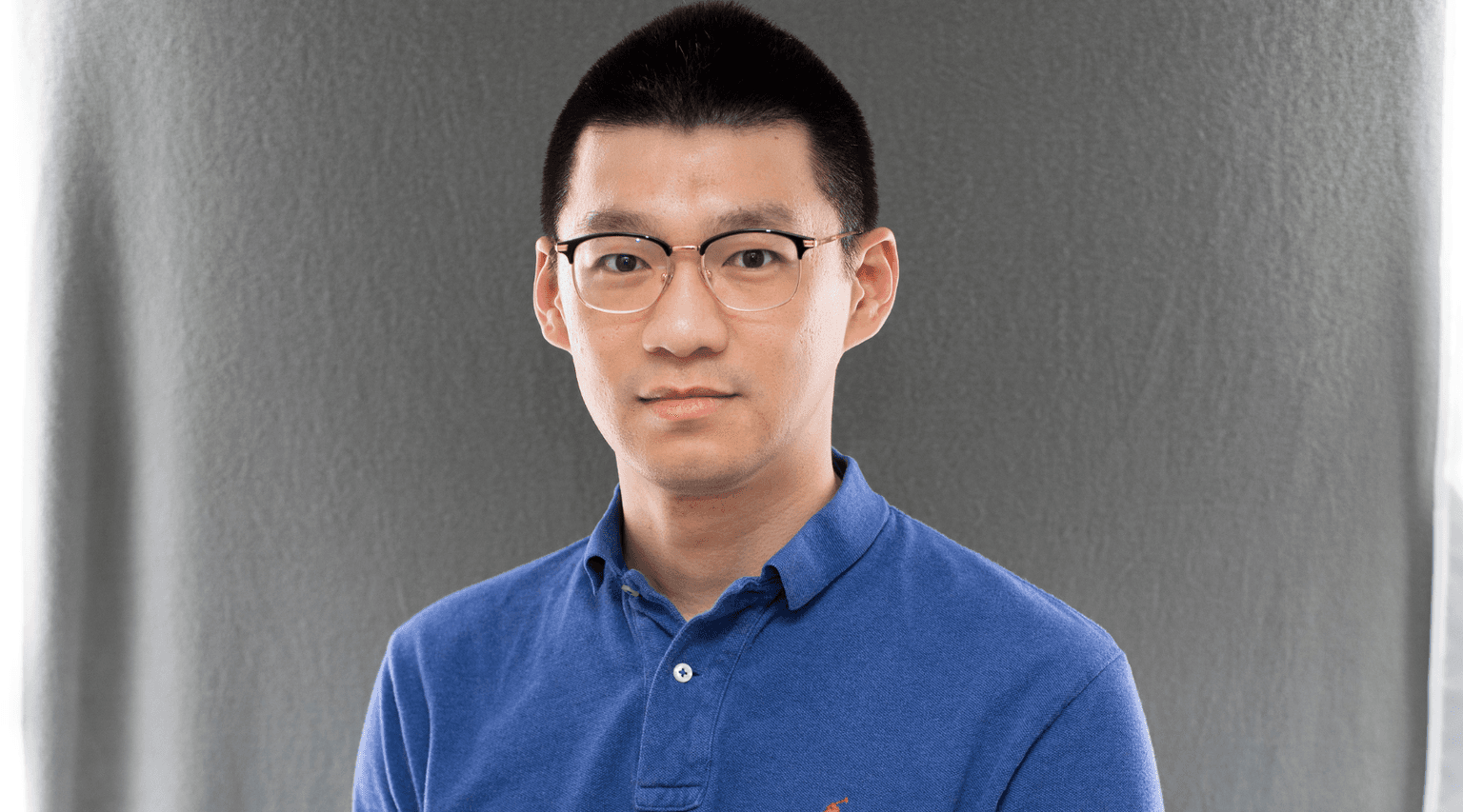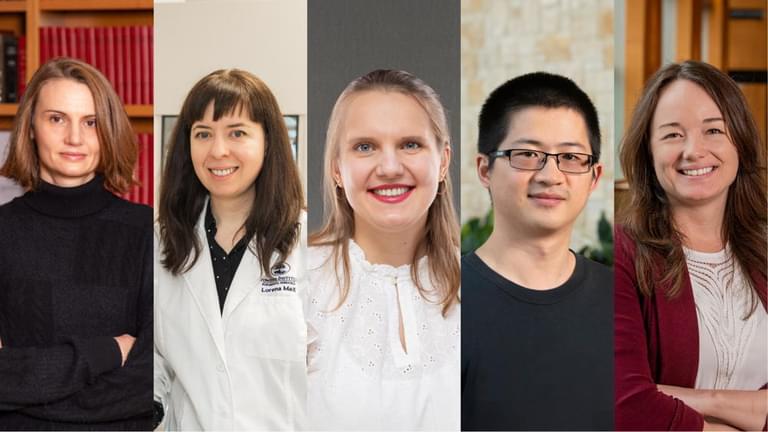By Alissa Poh
At age fifteen, Maggie Pruitt knew more than what the acronym PCR stood for; she could carry out the polymerase chain reaction herself. That thrill of achievement from peering through a special camera to behold, for the first time, DNA fragments she had successfully amplified, remains a vivid memory.
Best of all, this hands-on tinkering with fundamental scientific concepts occurred in an environment that also allowed students to explore autonomous living. From high school through college, as part of Temple University’s, NIH-funded, longitudinal Physician Scientist Training Program (developed to encourage minority students to explore biomedical research), Pruitt reveled in the heady independence of summer-long dorm life with peers. Young as they were, the participants quickly grasped that clinical medicine and basic science, far from mutually exclusive, could be fused into one extraordinarily interesting career.
“One thing the program exploited in full was a child’s imagination—this idea that something we couldn’t otherwise see, like DNA, could be amplified in a tube and visualized,” Pruitt says. “More importantly to almost any kid, our mentors gave us the basic tools yet left us to figure things out for ourselves. They believed in our potential and that really facilitated our growing passion for science."
Pruitt credits her mother for the decade of amazing scientific summers following that first introduction to PCR. “Before, I was forever peppering my mom with questions,” she says, recalling the tragedy which prompted these queries: at just six, Pruitt lost her father to brain cancer. “So she decided I should be exposed to biomedical research as early as possible. We’d settled in Maryland after moving around a lot while my dad was in the Army, and I attended Stone Ridge School of the Sacred Heart in Bethesda, right across the street from the National Institutes of Health. I like to think my mom had this notion that one day I’d cross the street, literally and figuratively, into science.”
As it turns out, Pruitt did just that. With Alan Hinnebusch, PhD, at the National Institute of Child Health and Human Development, she studied translation initiation in yeast cells. She also explored cancer genetics and biology with Beverly Mock, PhD, at the National Cancer Institute; Mock was impressed enough to offer her a job, which Pruitt accepted after graduating from Duke University in 2009. “Until then, my laboratory stints were only for the duration of a summer,” she explains, “and I wanted to see if I could handle research full-time.”
But Pruitt also wanted her career to include clinical medicine, so she began exploring MD-PhD programs around the country. Coming to the University of Kansas Medical Center in 2011 made
perfect sense in more ways than one: Pruitt was born in Leavenworth, KS, where most of her maternal relatives still reside—including her ninety-three-year-old grandmother, who routinely defeats her at bridge. The partnership between Stowers Institute and KU Medical Center (students in the MD-PhD program can complete their research training at either place) also proved irresistible. After breezing through her first two years of medical school, Pruitt readily picked the laboratory of Stowers Investigator Peter Baumann, PhD, as her new scientific stomping ground.
“Our first conversation lasted a couple of hours and I left really energized—my mind was reeling with all the research possibilities,” she recalls. “When it comes to science, Peter’s enthusiasm and spontaneous curiosity are pretty contagious. If something intrigues him, he’ll find a way to pursue it, and that’s how I picture running my future lab.”
Pruitt’s predoctoral research revolves around telomeres: repetitive regions that are added to chromosome ends. “Why they have a G-rich composition is still unclear,” she says. “I’m trying to see if alternative sequences exist by which telomeres could be produced and still maintain the gamut of telomeric functions and, if so, what else we might learn about the relationship between telomere sequence and mechanisms of telomere maintenance. Telomeres are much more than the solution to the, ‘end-replication problem,’ and I’d love to study a mechanism that would not only inform but perhaps even challenge our basic assumptions about their biology and pathology.”
Science may have grabbed her early on, but if she were to pick something else, professional dancing would be right up there for Pruitt, who enjoys salsa and swing, among other forms of creative expression. Her appreciation for creativity is also evident as she describes the artwork lining her living space: a black birch Madonna and Child from Santa Maria de Montserrat near Barcelona; Masai tribal paintings on banana leaves; pink sand from Bermuda; a blown-up canvas of the sunset in Aruba, which Pruitt captured with her new camera.
“Working in a health policy think tank might have been another option,” she muses, “because my family background is one of community activism.” Pruitt’s father became the first president of the high school his class integrated in Bryan, TX, where her paternal grandparents also established the Brazos Valley African American Museum in 2006.
Not that Pruitt isn’t a community activist in her own right. Soon after arriving at KU, she and three classmates established a mentoring program—now financially bolstered by the Medical Society of Johnson and Wyandotte Counties—that pairs medical students with J.C. Harmon high-schoolers. “The goal is to give underprivileged students access to resources we take for granted,” she says. “Our first class of mentees came to us as sophomores, and I’m thrilled that we’ll help them with college applications this year.”
As if she weren’t busy enough, Pruitt is also a KUMC teaching assistant for first- and second-year medical students, while volunteering at least once a month at the JayDoc Free Clinic. “Staying active helps me deal with stress,” she smiles. “And it’s nice to have more than a scientific perspective on clinical problems. Interacting with patients motivates me more than ever to return to the bench.”




